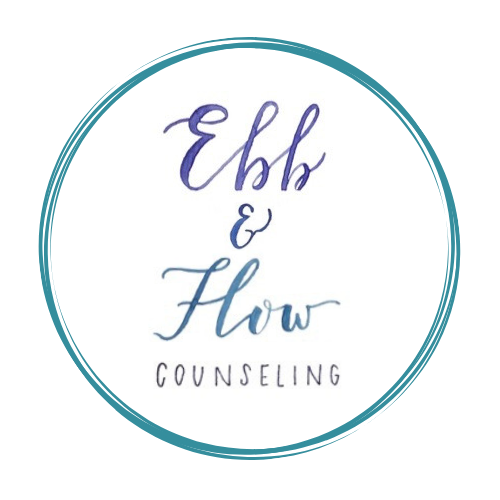Panic attacks: they can be terrifying — and yet they’re incredibly common in the clients we see with anxiety. When you’re having a panic attack, your heart may race, your chest may hurt, you might start to feel dizzy or numb or have difficulty breathing. These symptoms can easily be confused for more serious medical conditions but can be triggered by something as simple as day-to-day stress.
If you suffer from panic attacks, you may start to get caught up in the fear of having another one, to the point where your panic attacks may stop you from doing things or going places you used to love. They can be disabling and interfere with your everyday life — yet we understand how difficult it can be to challenge them when you’re in the midst of a frightening attack.
Still, there are small steps you can work toward taking, even when you are anxious or afraid, to slowly feel better when you are having a panic attack. Next time you feel one coming on, try one of these simple strategies to stop a panic attack in its tracks. You can even write down some of these strategies on an index card to keep in your purse or wallet, so you can refer to them whenever one pops up!
Grounding to Stop a Panic Attack
When you need to calm down quickly, it helps to stay in touch with your surroundings and the present moment. We call this grounding — and it’s an easy way to come back down to earth when you are suffering from a frightening panic attack.
Next time you are having a panic attack, try this simple exercise to ground yourself: look around you and name five things you can see, four things you can feel, three things you can hear, two things you can smell and one thing you can taste. By refocusing your attention on your surroundings, you can distract yourself from your panic attack symptoms — often long enough to calm down in the meantime.
Using Positive Affirmations for Panic Attacks
Sometimes, all you need to feel better in the midst of a scary situation is a little reassurance from your most loyal supporter: yourself! Using positive affirmations serves as an important reminder that you are strong and able to cope with the panic attack you are having, even if you don’t feel like it right now.
If you have a panic attack, using simple “I” statements to reassure yourself can be incredibly calming. For example, try “I am safe” or “I will survive this.” Or, try to remember a time that you positively dealt with a panic attack in the past, and use it to remind yourself that you are capable of coping with the situation at hand.
Have you ever noticed that when you splash cold water on your face, you feel momentarily calmer? This drastic temperature change can be helpful during a panic attack to shock your system back to baseline.
Cold Temperatures and Panic Attacks
Physical changes like these stimulate the parasympathetic nervous system, a.k.a. the opposite of the body’s fight-or-flight response, to help bring down your heart rate. So, next time you are having a panic attack, try splashing your face with cold water or holding an ice cube in the palm of your hand until it melts. You might find that the change in temperature is enough to help you calm down.
Have you tried any of these methods to cope with a panic attack? Let us know in the comments below which was most useful to you!
Interested in learning more? Check out the Talented Clinicians at Ebb & Flow Counseling and Schedule Online Today!






Leave a Comment